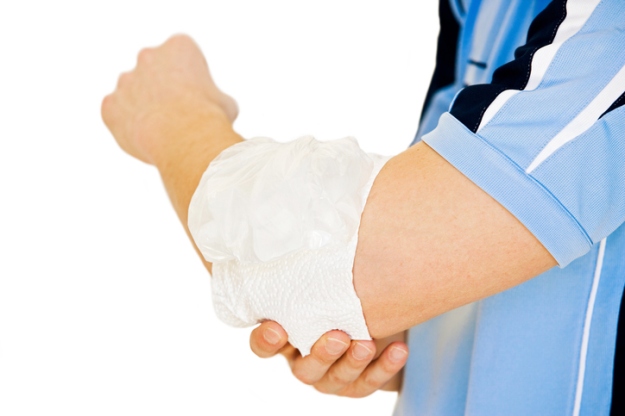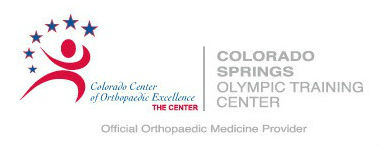If you play sports, paint, or enjoy gardening, then this time of the year is perfect for getting outside and enjoying the activities you love. However, all these fun and relaxing activities require using repetitive movements which can put a strain on the muscles and tendons of the forearm. When they become inflamed, then you are likely to develop something called epicondylitis.
Epicondylitis is a condition which can affect the elbow and forearm, and despite their names, you don’t have to be an active tennis or golf player to suffer from these conditions. This guide will highlight the main differences between tennis elbow and golfer’s elbow.
Tennis Elbow
Tennis Elbow (Lateral Epicondylitis) usually occurs from overusing the tendons in your forearm, which will lead to pain, inflammation, and weakness that gets worse over time. The pain is often located in the outside of the elbow and may move along the forearm and wrist.

As mentioned, you don’t have to be a tennis player to get this pain, with cooks, painters, and active gardeners often being diagnosed with this irritating condition.
If you feel any pain or discomfort in your elbow, forearm, or wrist, it is crucial to rest and avoid any repetitive actions, as they can make the pain worse.
Golfer’s Elbow
Golfer’s Elbow (Medial Epicondylitis) refers to any pain which occurs in the inner side of the elbow as a result of overuse and over-stretching of the muscles which connect the forearm to the wrist.
The pain usually occurs in the inner elbow, forearm, or hand, and can be accompanied by inflammation, tenderness, and a decrease in the range of motion.
Like tennis elbow, you don’t have to be an active golf player to suffer this type of injury; any activity which involves repetitive gripping and twisting of the wrist such as using a hammer, throwing a ball, and painting can cause golfer’s elbow.
Treatment Options
In both conditions, the first thing you should do is stop doing the activity which is causing pain and rest the affected area. If there is any swelling, then it is a good idea to apply ice packs and take anti-inflammatories.
In most cases, self-treatment options will bring the pain and discomfort back under control; however, if the pain doesn’t improve, then you should schedule an appointment with your doctor. They should be able to diagnose epicondylitis during their initial exam.
After the diagnosis, they will recommend some stretches and may refer you to a physical therapist who will help build up strength and flexibility in the joint. They may also administer a cortisone shot to help with the swelling.
All of these treatment options have excellent rates of success, but surgery may be an option for patients who don’t respond well to treatment. This is because the pain may be the result of large tears in the tendons or muscles or due to some structural imbalances.
Tips to Avoid These Conditions
While it is difficult to completely eliminate the risk of getting one of these injuries, make sure you regularly warm-up before starting your main activity.
Safe lifting techniques will help to protect the tendons and muscles, as will doing light strengthening exercises such as squeezing a tennis ball or lifting small weights.
